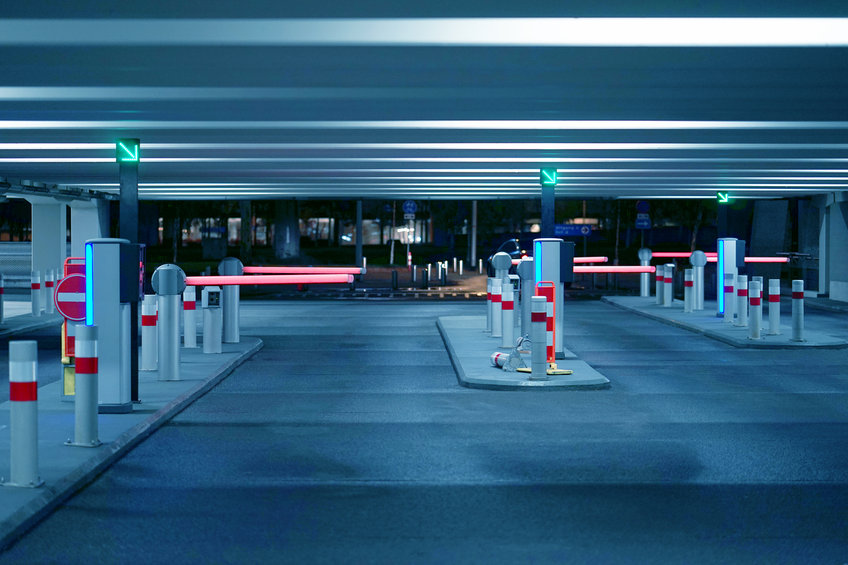
What Is A Vehicle Barrier?
Vehicle barriers which most people know as car park barriers are any devices that cause a car to start slowing down. They usually serve a purpose but are not always necessary. They are commonly found in areas where pedestrian traffic is high, especially when seniors or children are making up a high percentage of the pedestrian traffic. This is usually the case close to school zones or retirement facilities. However, vehicle barriers are also used for other purposes, including parking lots, commercial districts, highway mediums, construction sites, railway crossings, and private communities.
What Are The Most Common Barriers Used For Driving?
Speed bumps are a common barrier that is used for most driving purposes. These speed bumps are devices that are placed in a specific area such as private property, parking lot, or school zone. The speed bumps create 6-inch barriers that force drivers to reduce their speed to 2 – 10 MPH. While these barriers are very common, they do not offer enough stopping power for security concerns that are more substantial. This is why manufacturers have created different options that match up to different functions.
How Do Crash Barriers Work?
Crash barriers are used to first capture the attention of drivers and then force the driver to reduce their speed before they reach these barriers to prevent damage to their vehicles.
A driver cannot miss a crash barrier since they typically come in reflective materials and bright colours so that they are made very noticeable. They also usually display a sign that alerts drivers that they should be slowing down.
Manufacturers have designed these crash barriers so that they damage a vehicle if they hit them at specific speeds. This is why most crash barriers are either made from metal or are positioned in such a way that vehicles are forced to drive over them.
How Is A Crash Barrier Made?
Crash barriers are manufactured according to their purpose. In general, crash barriers are made to mitigate traffic or prevent collisions. In some cases, a crash barrier could work for both situations.
The more robust barriers are mainly used to prevent collisions. Some barriers have enough strength that they could even slow down or stop a heavy-duty military vehicle. However, a store owner looking for a way to stop cars from crashing into a storefront would not be needing something so strong.
What Will Happen When You Hit A Barrier?
If you drive or crash into a barrier, you should expect damage to your vehicle. Speed humps and speed bumps can also result in damage to the shock system of a car or the tyres. Large crash barriers could also result in writing off your vehicle or damages to you or any other passengers in the vehicle.
Vehicle Barrier Types
Today there are many vehicle barrier types that generally fall under three categories. These include hybrid vehicle barriers, passive vehicle barriers, and active vehicle barriers. How will you know which type will match your situation? To begin with, you first need to understand each type and its common uses.
Active Vehicle Barriers
The active barriers will open and close. Examples of these include:
Wedge Barriers
These devices use wedge-shaped plates that pop up and will stop any traffic when needed. They are commonly used for controlling traffic or preventing collisions.
Beam Barriers
These use beams to block roads during specific situations. Examples of this could be an approaching train. These beams generally move down or up, but there are also other types of options available. These devices mainly serve the purpose of controlling traffic.
Bollards
A bollard is a tall cylinder that emerges out of the ground if necessary. These act as a device to control traffic or prevent crashes. Bollards are often used for facilitating a traffic stop or a permanent (not active) bollard in a median of a highway.

